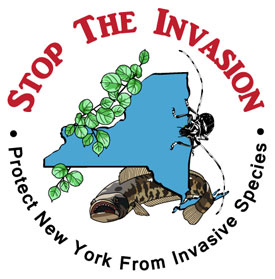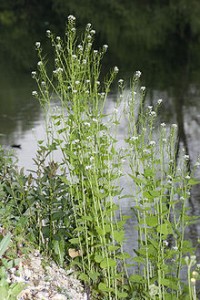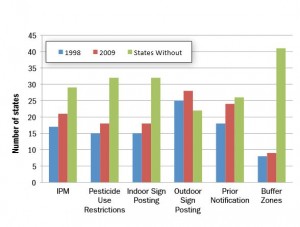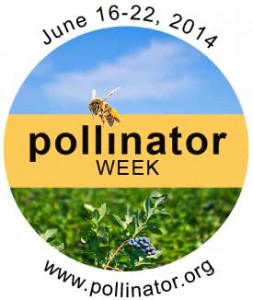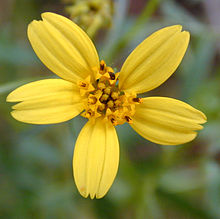Many of us recently enjoyed Memorial Day weekend’s warm, dry weather. In particular, buzzing “bees”. While spring turns a young male’s thoughts to romance, in the wasp, bee, and ant world, spring means queens looking for a place to establish new colonies. Should you be concerned? Only if they settle next to doorways, on or in building walls, or in ground nests where human activity is common such as some walkways, playgrounds, flower and vegetable gardens. Remember – wasps, bees and ants are beneficial while in their role. Problems occur when we try to occupy the same space.
IPM suggestion: Don’t use the generic term BEES. We want to help you learn to identify what buzzes by. It’s not difficult, and knowing the difference between a bald-faced hornet and a carpenter bee may prove very healthy knowledge.
When a paper wasp starts her umbrella nest with a few eggs, it is the perfect time to knock it down with a hard blast from a water hose, or with a broom. Try it while she’s out shopping, or resting on the nest in the late evening. When she is forced to start over a few times, she is likely to move on to another site. If the nest is knocked down on the ground, you may be able to stomp on it and walk quickly away. Return later to discard it. I swear they like to build near doorways to watch us come and go.
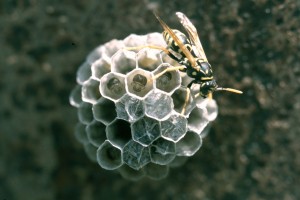
Paper wasp on new nest (Bugwood -Whitney Cranshaw)
Large ground bees, bumblebees and carpenter bees are rarely a menace, though painful stings can occur if a bumble bee nest is disturbed. Ground bees and carpenter bees are solitary and care for only a few young. Stings from solitary bees are rare.
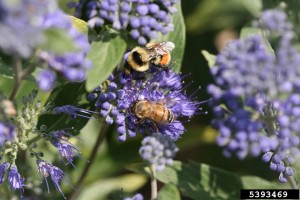
Bumble bee (larger) and honeybee forage together. Notice the fuzz? It’s another way to differentiate them from wasps which are smooth. (Bugwood- Whitney Cranshaw)
Ground nests of yellow jackets are a source of the most significant stinging events. I wish we all had the time to watch and follow these queens to their chosen site–frequently these are small, abandoned rodent holes, soil areas where a wooden post has rotted out, piles of soft soil or compost, (almost always in areas that are not mowed on a regular basis) or cavities in old trees or gaps under siding. Nobody likes these kinds of surprises!
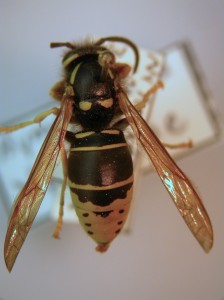
Yellow Jacket. Although yellow jackets and common paper wasps are similar in color and striping, their body shape differs significantly. Yellow jackets are ‘sturdy’; paper wasps are thin-waisted and look delicate (Jody Gangloff-Kaufmann)
Keep this all in mind over the next few weeks as queens establish their colonies. They are looking for areas they believe will be undisturbed. Early detection and removal NOW is key, and might prevent a swarm of stingers in August when someone decides to use a weed trimmer in an out-of-the-way area. Most wasp sting incidents occur when a human accidentally disturbs a nest or comes in contact with a wasp while both are minding their own business. We’ll chat more on this throughout the season.
Be prepared. Know who to contact to remove stinging insect nests, and how to watch for and treat an allergic reaction to their stings. Always consider the possibility of ground nesting wasps in hollows of trees, wall voids and particularly in soft soil near fences and gardens.
IPM Suggestion: This is the time to walk the perimeter of structures on your property. Look up along rooflines, under eaves, and in trees. Aerial nests of yellow jackets or bald-faced hornets seem to just show up one day in late summer—because you weren’t looking for them! IPM for stinging insects in spring is simply correct ID, monitoring of favored sites, and nest exclusion. Take note. Next fall you’ll want to caulk entry way holes in buildings and fill in the holes in the soil.
Please consider purchasing our excellent resource on Wasp and Bee Management by NYS IPM’s Jody Gangloff-Kaufmann, Wasp and Bee Management: A Common Sense Approach.
Photos by Jody Gangloff-Kaufmann and, where noted, courtesy of Bugwood and Whitney Cranshaw.

